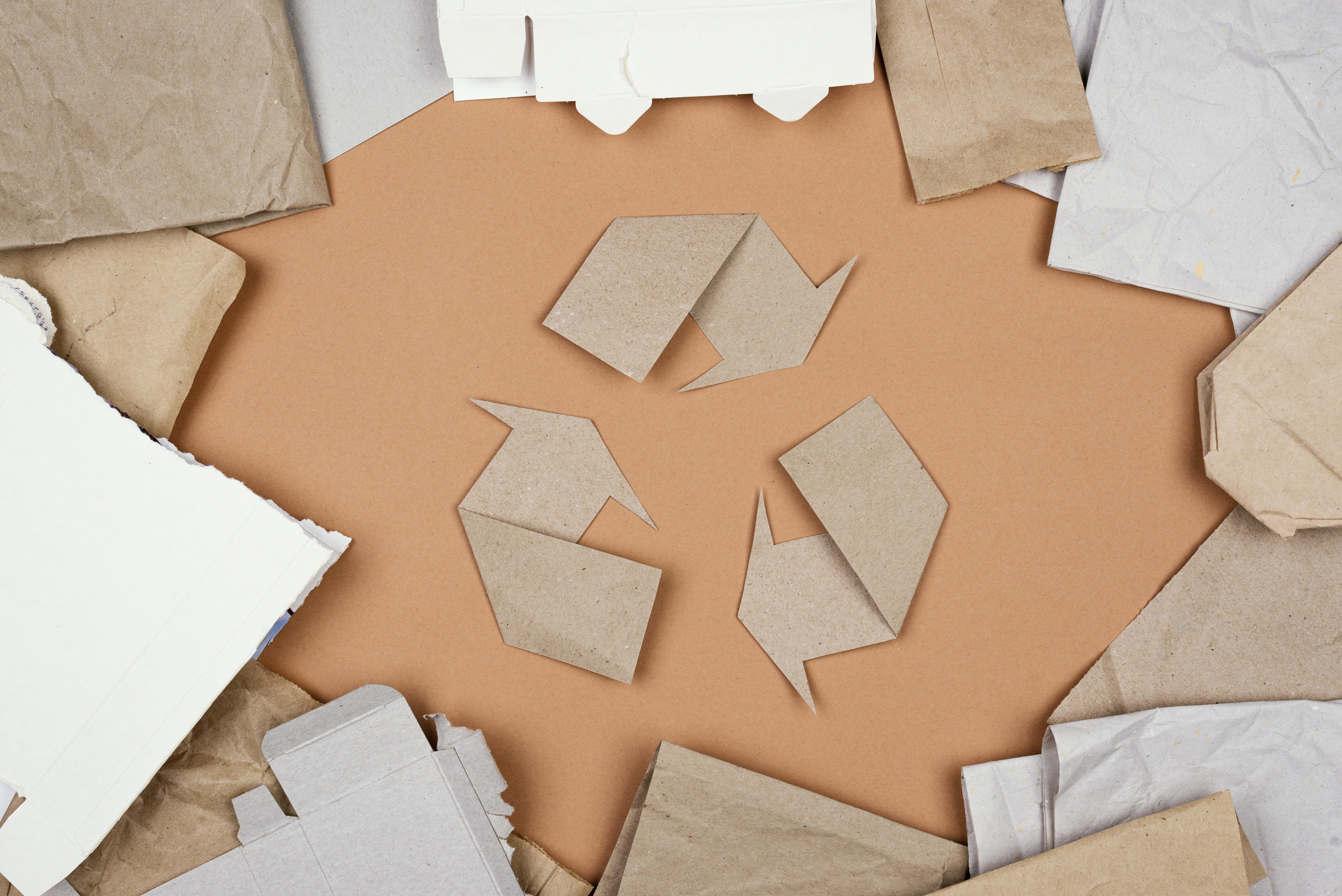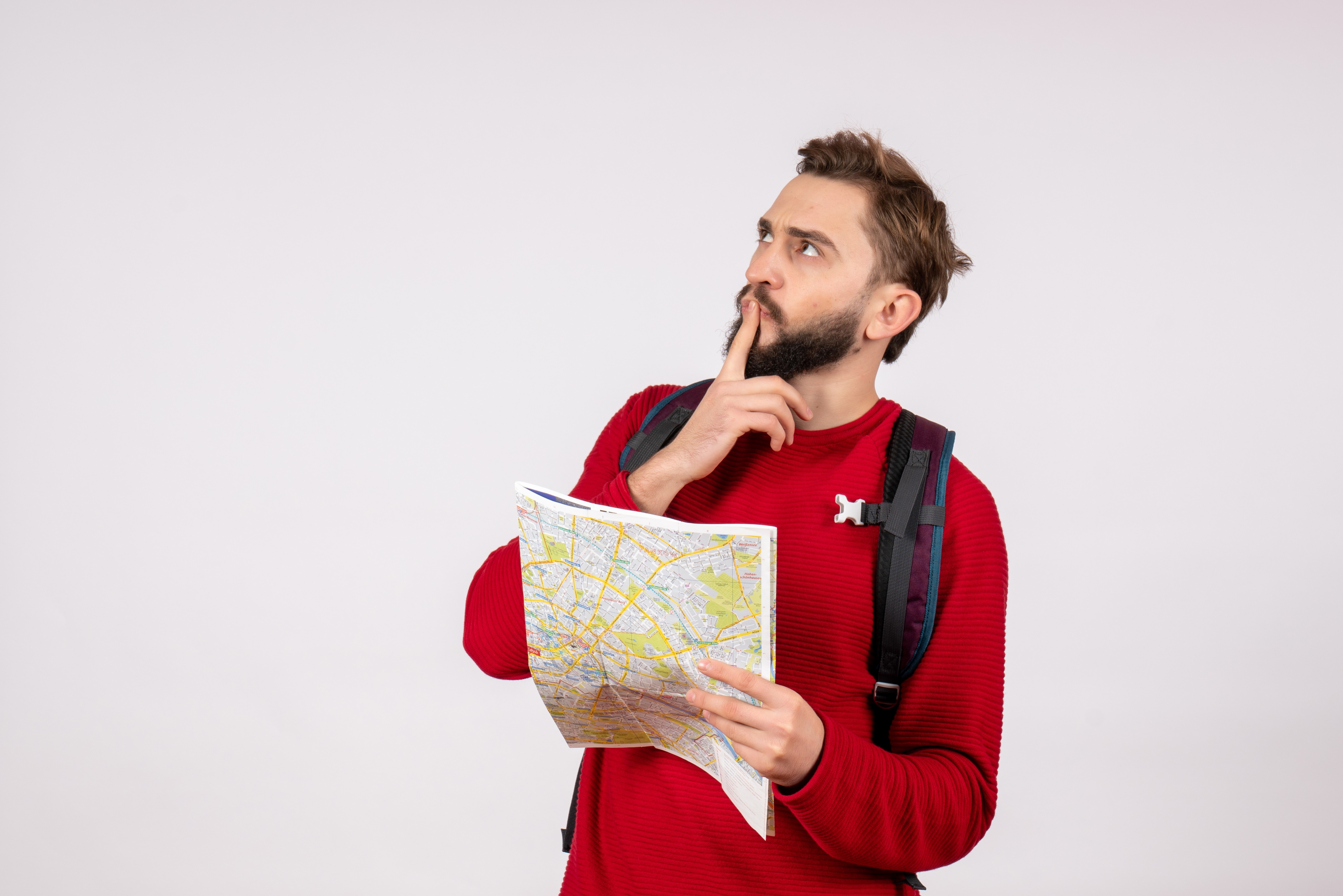How to Choose the Right Packaging Design for Your Product (2025 Guide)
by Miracle Studio
First impressions aren’t made on the shelf—they’re made in the split-second a customer glances at your packaging. Is yours ready?
Why Packaging Design Matters in 2025
Packaging isn’t just a box or a bag. It’s the first handshake between your product and your customer. In a world overflowing with options, packaging design has become the silent salesman that can make or break your product’s success.
In 2025, customers expect more:
Unique, memorable experiences
Sustainable and responsible packaging
Designs that reflect your brand values
Whether you’re launching a new product or considering a rebrand, nailing your packaging design is non-negotiable. Let’s break down how you can choose the right packaging design—step by step.
1. Start with Strategy: Understand Your Brand and Audience
a) Define Your Brand DNA
Your packaging is a physical extension of your brand. Before you even think colors or materials, ask yourself:
What are our core values?
What story do we want our packaging to tell?
Are we playful, luxurious, sustainable, bold, or minimal?
Example:
A luxury skincare brand might lean into minimal design and high-end finishes. A fun DTC snack startup might choose playful graphics and vibrant colors.
b) Know Your Target Audience
Great packaging doesn’t try to please everyone.
Who is your ideal customer?
What are their preferences, shopping habits, and pain points?
Where do they shop—online, in stores, both?
Tip: Use personas or gather real feedback from your audience. Packaging that resonates is packaging that sells.
c) Analyze Your Competitors
Don’t copy—learn.
What works in your industry?
Which brands stand out on the shelf or in e-commerce?
What gaps can you fill with a better design?
Pro Insight:
Take a photo of your product among competitors (real or mockup). Does it stand out? Would you notice it first?
2. The Elements of Effective Packaging Design
a) Color Psychology
Colors aren’t just pretty—they have power.
Red: Energy, excitement (snacks, beverages)
Blue: Trust, calm (skincare, pharma)
Green: Natural, eco-friendly (organic products)
Black: Luxury, exclusivity (premium goods)
Action Step: Choose colors that align with your brand but also pop in your product category.
b) Typography Matters
Fonts speak volumes—sometimes louder than words.
Serif fonts: Traditional, trustworthy
Sans-serif fonts: Modern, clean
Handwritten fonts: Personal, playful
Keep it readable. The right font hierarchy guides the customer to the info that matters.
c) Imagery and Graphics
Visuals catch the eye before words do. Use:
Striking photography
Custom illustrations
Patterns or textures
Make sure imagery fits your brand vibe—and isn’t generic.
d) Material Selection
Feel matters as much as looks.
Matte vs. glossy finishes
Paper, plastic, glass, metal, or innovative materials
Eco-friendly or recycled options
Consumers increasingly care about sustainability, so your material choice can win (or lose) them.
e) Shape and Functionality
Good packaging looks great, but great packaging works beautifully too.
Is it easy to open and reseal?
Does it protect the product?
Is it easy to ship and stack?
Think beyond the box. Unusual shapes can stand out, but don’t sacrifice practicality.
3. Align Packaging with Brand Identity
Consistency is king.
Use your brand colors, fonts, and logo across all packaging.
Reinforce your unique selling points (USP) and brand story.
Keep tone and voice aligned with your website and social channels.
Example:
If your brand is all about sustainability, make sure your packaging isn’t just green in color—but green in practice, with recycled or biodegradable materials.
4. The Power of Storytelling Through Packaging
Your packaging isn’t just a container—it’s a canvas.
Tell your story on every panel.
Share your brand’s origin, mission, or quirky facts.
Add QR codes for behind-the-scenes videos, customer testimonials, or usage ideas.
Pro Tip:
Even a short, memorable tagline (“Snack Happy. Snack Healthy.”) can turn a package into a conversation starter.
5. Sustainability: Eco-Friendly Packaging That Wins Hearts
In 2025, “eco-friendly” isn’t optional—it’s expected.
Use recyclable, compostable, or reusable materials.
Highlight your commitment to sustainability on the packaging (“100% compostable,” “Made from ocean plastics,” etc.)
Educate your customers—show them how to dispose of or reuse your packaging.
Case in Point:
Brands like Lush and The Body Shop have built cult followings on the strength of their eco-friendly, reusable packaging.
Bonus: Sustainable packaging can actually increase perceived value and justify premium pricing.
6. The Practical Process: How to Choose & Create the Right Packaging
a) Research & Moodboarding
Collect packaging samples you love.
Create moodboards for color, material, shape, and style inspiration.
b) Sketch & Conceptualize
Work with a designer (hello, Miracle Studio!) to create initial sketches and mockups.
Think in 3D—visualize how the package will look on shelf and in hand.
c) Prototype & Test
Produce physical or digital prototypes.
Test for durability, appeal, and practicality.
Get feedback from real users.
d) Iterate & Improve
Use feedback to refine.
Test final samples for compliance (legal, safety, etc.).
e) Production & Launch
Choose a reliable packaging supplier.
Monitor quality control during production.
Launch with a bang—use your new packaging in all marketing campaigns!
7. Common Mistakes to Avoid in Packaging Design
Overcomplicating the Design:
Simple, clear designs almost always outperform busy or cluttered ones.Forgetting Legal Requirements:
Always include necessary details—ingredients, allergens, barcodes, and regulatory info.Neglecting the Unboxing Experience:
Unboxing is now a part of marketing. Make it shareable and delightful.Ignoring Feedback:
What looks great to you might confuse your customers. Test, refine, repeat.Cutting Costs in the Wrong Place:
Cheap packaging might save a few bucks now, but can damage your brand’s long-term perception.
8. Case Studies: Before & After Packaging Redesigns
Case 1: Skincare Startup
Before:
Generic white bottles, tiny text, weak shelf presence.
After (with Miracle Studio):
Soft pastels, bold typography, eco-friendly materials, magnetic shelf impact.
Result: 38% sales increase in 3 months.
Case 2: Gourmet Snack Brand
Before:
Plastic pouches, outdated graphics, no clear brand story.
After (with Miracle Studio):
Kraft paper, playful illustrations, back-panel brand story, QR code for recipes.
Result: Viral unboxing on Instagram, brand awareness soared.
9. Frequently Asked Questions (FAQs)
Q1: How much should I budget for packaging design?
A: It depends on product type, materials, and order volume. But remember—packaging is an investment, not an expense. Great design pays for itself in sales and perception.
Q2: How do I know if my packaging is working?
A: Track sales data, get customer feedback, monitor social mentions, and run in-store/online A-B tests if possible.
Q3: Can I use sustainable packaging and still make it look premium?
A: Absolutely. Innovative eco-materials are now available with high-end finishes. Miracle Studio can help you achieve both!
10. Final Checklist: Choosing the Right Packaging Design
Does it reflect my brand’s identity and values?
Does it stand out against competitors?
Is it practical, user-friendly, and protective?
Does it use materials my customers care about?
Have I tested it with real users?
Is the design consistent across all products?
Am I telling my brand’s story?
Conclusion: Your Packaging, Your Story—Make It Unforgettable
Packaging is no longer just about protection or practicality. It’s your silent ambassador, your storyteller, and the first touchpoint in your customer’s journey.
Investing in the right packaging design isn’t just about today’s sale—it’s about building lasting brand love and loyalty.



